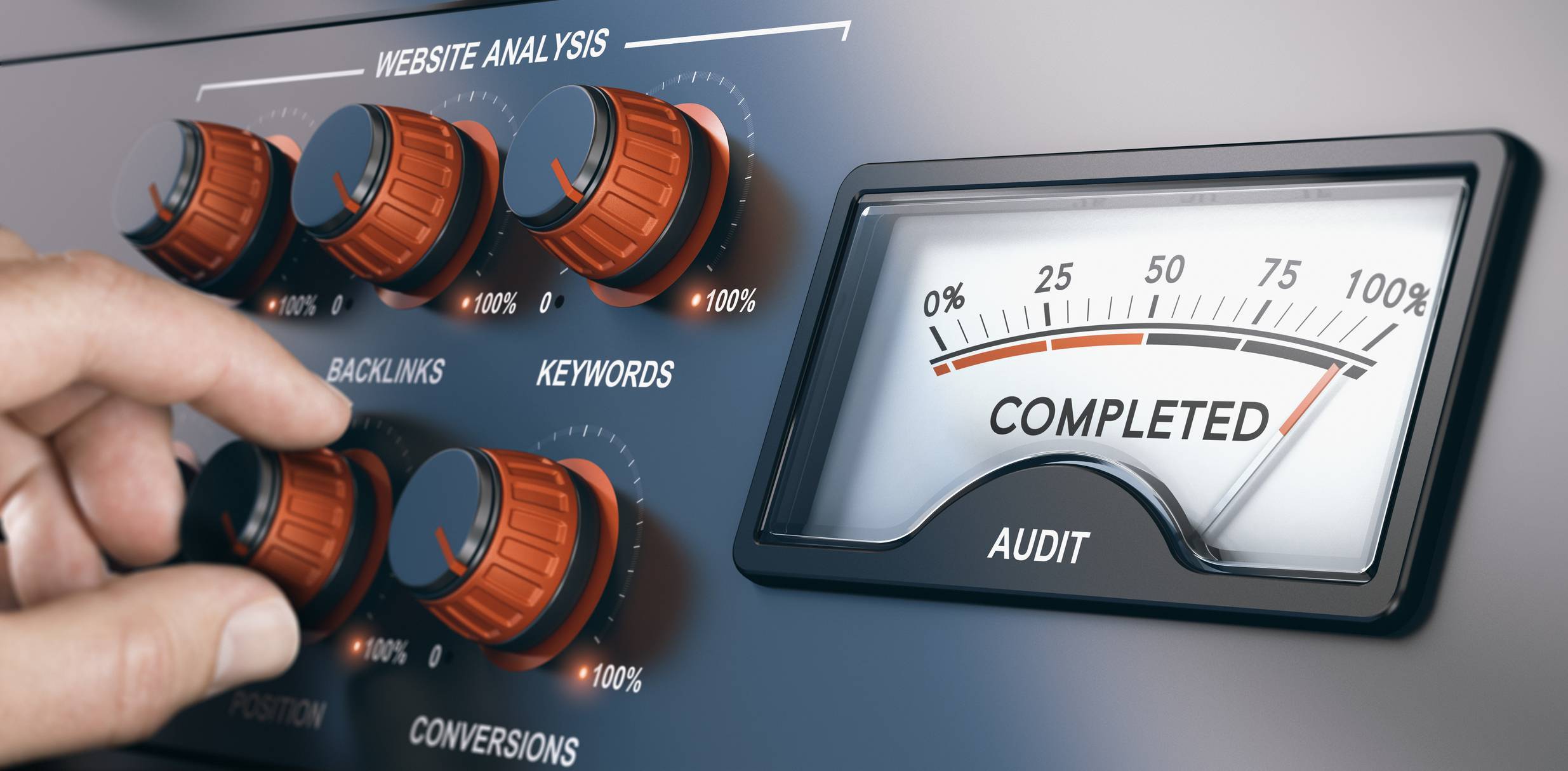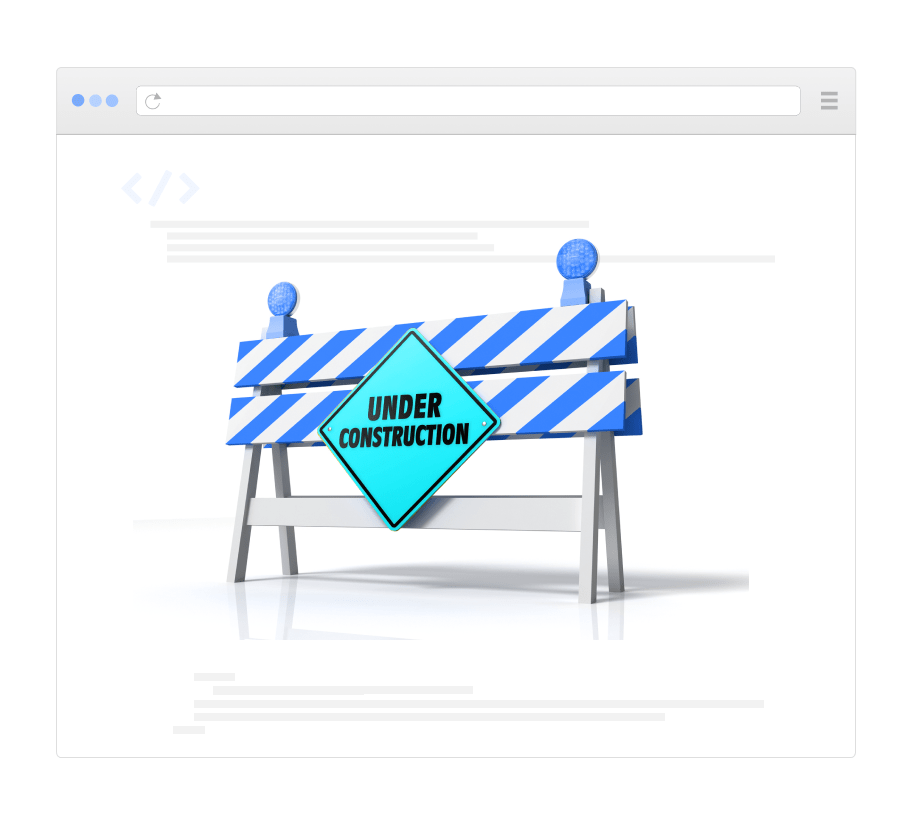

Navigating a Content Audit
A content audit is the cornerstone of any new content strategy, delivering a qualitative analysis of all the existing content on a website–or in some cases, a network of sites and/or social media presences, basically any content for which your organization is responsible.
For marketers, content audits are one particular best practice that, while necessary for success, can be a daunting task that makes life harder on whomever manages the website.
However, content audits can become much less painful once you understand the goals and expectations of a typical content audit, the common mistakes and red flags to watch out for, and how to best approach each stage of the content auditing process.
Let's start with the basics, and work our way forward from there:
What is a Content Audit?
A content audit involves taking a look at all the media published to your website, including text, images, audio, and videos, and assessing its relative strengths and weaknesses in order to prioritize your future marketing activities. It's a qualitative assessment and evaluation against the KPIs (Key Performance Indicators) that you determine before launching the site, which are typically based on your business objectives.
Why Perform a Content Audit?
A content audit may sound overwhelming even for small- to medium-sized websites. However, chances are you have content that could actually be hurting your rankings and sabotaging your user experience. Reasons for outdated and irrelevant content can vary, but typically it is due to changing administrations, website redesigns or a number of "orphan" pages that have no real purpose, but were never deleted. In some cases, the content was written at a point in time where Google updates for content structure were not yet instated, but may now be working against your position in search.
No matter what the reason, it is critical to perform an annual content audit on your website if you want to remain competitive and place high in search. Before you take on a full website content audit, it is important to know what your goals are, and how to accomplish them on a page-by-page basis.
If you use a content management system, use the sitemap tool to map out the current paths and relationship between your content types. You could also use a tool like Dyno Mapper (opens in new window) to get a visual representation of links and navigation on your current website. Additionally, taking a scrutinizing look at your Google Analytics account is a great way to determine which keywords and pages are ranking well, and where users are leaving your site.
Planning for Content Audits
To ensure the time spent on any content audit delivers a reasonable ROI, your planning of the audit should focus on achieving the following goals:
- Determine whether content delivers accurate and precise information
- Find gaps in your content so that you can adjust your process to better serve your intended audience
- Measure content performance against industry benchmarks and business objectives
- Upgrade and update content to reflect the present time and understanding
- Measure how well content improves the ranking of your web pages in organic search results
- Learn what is needed to mature your content and evolve your strategy to better serve your audience
- Determine whether content is easy to navigate on your website
- Make sure content follows best practices for digital accessibility
- Ensure content aligns with brand guidelines for visuals, messaging, voice, and tone
- Remove spelling and grammatical errors, as well as any broken links or media
- Determine what content is missing, if any
- Evaluate how well your content is attracting your target audiences
- Assess how well the content supports other channels (social media, email campaigns, etc.)
What makes up a successful content audit? Depending on the size of your site, you may take one of three approaches to content scrutiny:
The "Hatchet" Approach – For very large sites, taking the “hatchet” approach may work better. Try removing or changing large sections of content at the same time. Keep only the most up to date and keyword specific content that will actually serve your intended audience.
The "Scalpel" Approach – For smaller sites, taking the “scalpel” approach is advised. Look at each piece of content with the precision of a surgeon. Remember, it may take some time, but the resulting content and the new level of authority it will bring is worth the effort
The "Grouped Ideas" Approach – This approach combines and repurposes content into grouped ideas. If you have several small independent content assets, try to combine them to form a more comprehensive piece. This process can also be beneficial because it forces you to take a good hard look at the keywords and concepts and determine if in fact they are necessary.
The Website Content Audit Process
The audit process should be divided up into several areas of focus. The below mentioned steps can vary in any order based on your business goals and objectives. Keep in mind many content audits are not limited to your organization's website, but rather extend further into your social media and other digital marketing contents. For now, we will focus on auditing website content only.
Step 1: Creating Your List, or Macro View
Run a scan and export the results to get a list of all your website pages. Once you have a "road map" of your current content with the full inventory of URLs, it is time to start auditing.
Step 2: Determine Each Page's Purpose
Start off by looking at each page as an independent document; a single source of information that focuses on one keyword. Decide what the purpose of the page is. Some pages are conversion based, or some promote a specific call-to-action. If this is the case, make sure the content clearly identifies the next steps.
Step 3: Make Sure Content is Current
If you are talking about a product or service, remove any outdated information on the page.
Step 4: Evaluate the Content Against Best Practices
For most content owners, the following pieces of metadata are most important to audit or review:
- URLs with Keywords – While URLs are sometimes ignored, note they can affect a minor ranking factor search engines use when determining a particular page or resource's relevance to a search query. Using a URL that includes keywords can improve your site's search visibility.
- Page Titles – Title tags form an important part of your SEO strategy. That's because title tags essentially decide how search engines read your title. They are HTML elements that specify what the web page title is.SEO title optimization can help you boost your chances of ranking well in the SERPs.
- Headlines – Headlines (H1s) are a major factor in helping search engines understand what your page is about, and they are the first impression many people have of your page.
- Meta descriptions – A compelling meta description has the power to raise the click-through rate of your organic search results. That means more of the people who see your page in the search results will actually click through and land on your site. That means more traffic for you, even if your ranking stays the same!
- Word count – A higher word count helps Google to better understand what your text is about. And, generally speaking, Google tends to rank longer articles higher.
- Keyword focus – The focus keyword or keyphrase is the search term that you want a page or post to rank for most. If you set a focus keyphrase for a page’s content audit, the plugin evaluates the page's content and provides feedback on how to improve the content to increase the chances of ranking higher for that search term.
- Keyword usage and density – Keywords and phrases in your web content makes it possible for people to find your site via search engines. A website that is well optimized for search engines speaks the same language as its potential visitor base with keywords for SEO that help connect searchers to your site.
- Call to action – The call to action (CTA) gives audience members concrete tasks to tackle, and these tasks are ones that must be completed in order to bring your ideas to fruition.Because CTAs are such an important part of a presentation, it's essential to make sure that the one you deliver lands with the people hearing and responding to your content.
- Navigational connectivity – Good website navigation makes it easy for your visitors to find what they want and for search engines to crawl. This results in more conversions and greater search visibility.
- Accessibility – Choosing to make your website more accessible isn't just a way to serve a larger customer base; implemented correctly, web accessibility also boosts your search engine optimization (SEO) efforts and improves your website's organic search rankings.
Auditing Social Media Content
A social media audit reviews your brand's engagement and performance metrics on the social networks where you are actively engaging and posting content.
Auditing efforts should be focused on assessing growth, identifying new opportunities for brand awareness and lead generation, and what can be done to improve your social presence through the following components of social marketing:
- Brand standards – Make sure content is consistent with your current brand standards, including proper use of colors, typography, messaging, and imagery. Also ensure your content uses up-to-date images, hashtags, keywords, and proper brand voice and tone.
- Engagement – Make sure your posts are generating likes, shares, click-throughs, and comments. If they aren't, try and assess why not, and what could be done to improve their chances of success.
Track which content is shared, and try to learn from them so you can replicate those posts to earn more shares for increased engagement and organic reach. - Landing page experience – Make sure your posts link to the best possible landing page for nurturing your audience further down the marketing funnel. You don’t have to link to the same page from all your social accounts, but it’s important to have tracking mechanisms (such as UTMs) in place so you can attribute clicks from specific campaigns and posts. Observe how website traffic generated by social posts navigates through your site–are visitors clicking through to the pages you want them to view? Are they staying long, or are they bouncing within a short time?
- Lead generation – Measure the number of business leads generated either directly from social, or by click through traffic that converted on the website. Make note of which particular social media posts typically generate the most number of leads, in case there is a consistent pattern that can help you replicate those posts and increase your conversion rate.
Choosing the Right Agency Partner for an Audit
The goal of content audit is to develop effective content marketing strategies based on the agency’s vast “Business” experience, rather than just “Digital” experience.
Besides tactical digital strategies, the digital agency should have the following knowledge and capabilities for effective content auditing:
- Team members with client-side (in-house) experience
- A team with diversity of industry backgrounds (not just advertising, PR, and design)
- Experience working with a broad base of clients in a variety of industries
- An ability to meet your timeline for delivery of new content writing and planning
- Bandwidth and resources for effective content management
- Can produce helpful deliverables/reports (not just full of data, but offering useful insights as well)
- Audit report examples that include detailed recommendations, synthesized observations, and actionable insights
For over 20 years, DBS has been performing extensive digital audits for global brands across numerous industries.
If you'd like an assessment of your content auditing needs, and a quote for our services, just contact us to get started.




